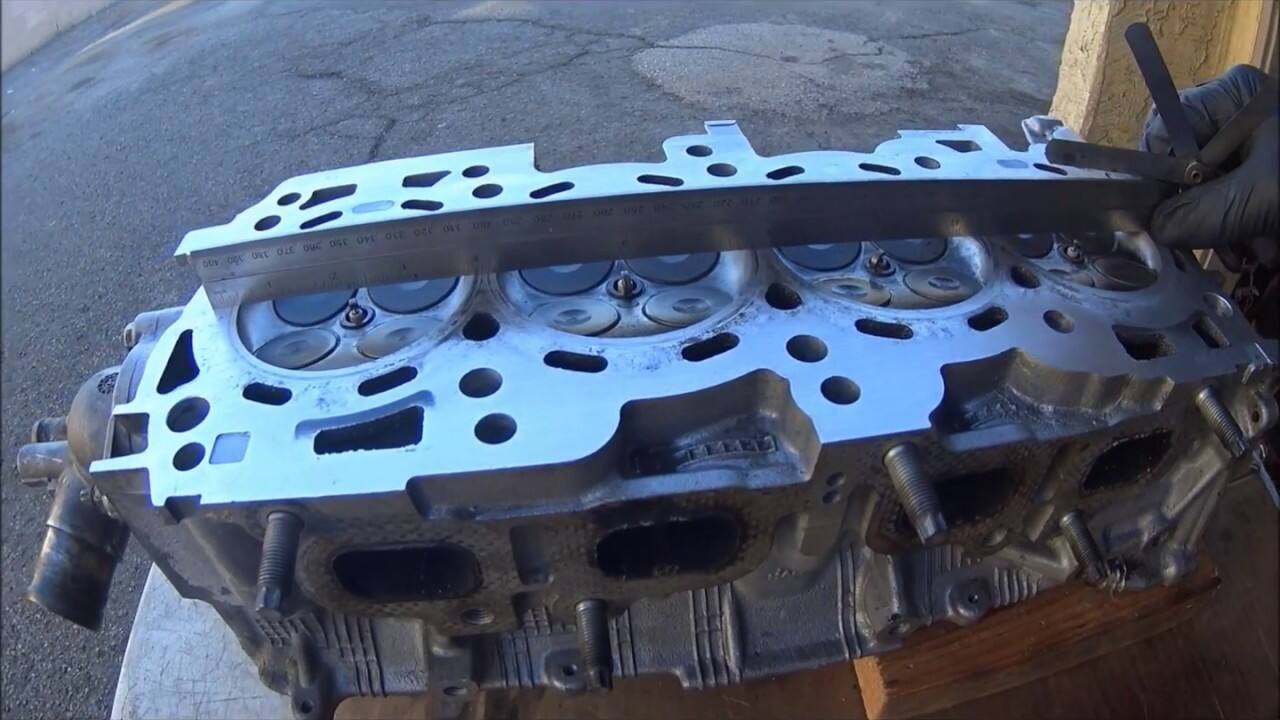Your engine’s cylinder head is the gatekeeper of combustion. When warped—even by a hair’s width—it can’t seal properly, leading to compression leaks, coolant mixing with oil, and blown head gaskets. Traditional resurfacing methods like manual grinding struggle with precision, but HTL’s CNC-level milling tools deliver surgical accuracy, restoring sealing integrity in half the time.
Cylinder heads warp due to extreme heat cycles, uneven torque, or improper cooling. Common scenarios include:
Overheating: Thermal expansion exceeds material limits, creating permanent deformation.
Head gasket failure: Hot gases erode the head surface.
Improper machining: Uneven material removal during prior repairs.
Symptoms of a Warped Head:
White exhaust smoke (coolant burning).
Oil sludge (coolant-oil emulsion).
Misfires (compression loss between cylinders).

| Factor | Manual Grinding | HTL CNC Milling |
|---|---|---|
| Accuracy | ±0.1 mm (risks uneven surfaces) | ±0.01 mm (laser-guided perfection) |
| Time per Head | 4–6 hours (labor-intensive) | 1–2 hours (automated process) |
| Surface Finish (Ra) | 1.6–3.2 µm (prone to micro-grooves) | ≤0.8 µm (mirror-smooth for optimal sealing) |
| Repeatability | Low (skill-dependent) | High (CNC programs ensure consistency) |
[Featured Image: CNC milling machine vs. manual grinder, filename: cnc-vs-manual.jpg, ALT tag: CNC Milling vs. Traditional Grinding Tools]
HTL’s tools combine aerospace-grade engineering with user-friendly automation:
3D scanning: Maps warpage to micron-level accuracy before cutting.
Adaptive toolpaths: Adjusts milling depth in real-time to remove minimal material.
Multi-axis control: Machines intake/exhaust ports and combustion chambers in one setup.
Coolant integration: Prevents heat-induced distortion during machining.

1. Inspect and Clean
Check warpage with a straightedge and feeler gauge (max tolerance: 0.05 mm over 150 mm length).
Degrease the head to remove oil and coolant residue.
2. Mount on CNC Bed
Secure the head using HTL’s vacuum clamping system to prevent flex.
Run a 3D scan to generate a digital warpage map.
3. Machine the Surface
Select the milling program (e.g., aluminum heads: 0.2 mm cut depth per pass).
Let the CNC machine auto-correct for warpage, ensuring uniform material removal.
4. Final Finish
Polish with a 600-grit diamond wheel for Ra ≤ 0.8 µm.
Verify flatness with a precision granite plate.
5. Reassemble and Test
Install a new head gasket and torque bolts in OEM sequence.
Pressure-test the cooling system to confirm leak-free operation.
Over-milling: Removing 0.5 mm risks altering combustion chamber volume.
Ignoring valve seat alignment: Resurface seats after head milling.
Skipping pre-machining scans: Blind cuts worsen existing warpage.
Salvage "scrap" heads: Repair warpage deemed irreparable by manual methods.
Cost-effective: Save 2,000 vs. replacing a head.
Future-proof: Compatible with EV motor housings and hybrid engine blocks.
A warped cylinder head isn’t a death sentence. With HTL’s CNC tools, you can resurface heads to factory specs, eliminate leaks, and restore engine performance—without the guesswork of outdated methods.
Upgrade your shop’s capabilities with HTL’s CNC milling systems. [Request a Demo] or download our technical whitepaper today!
Q: How many times can a head be resurfaced?
A: Up to 3 times, provided material removal stays within OEM limits (check specs).
Q: Can CNC milling fix cracked heads?
A: No—cracks require welding or replacement. Milling only addresses warpage.
Q: Does resurfacing affect compression ratio?
A: Slightly. Removing 0.2 mm increases compression by ~0.1:1 (adjustable via gasket thickness).
By embracing CNC precision, you’ll turn warped headaches into flawless sealing surfaces—every time. 🚗🔧✨
